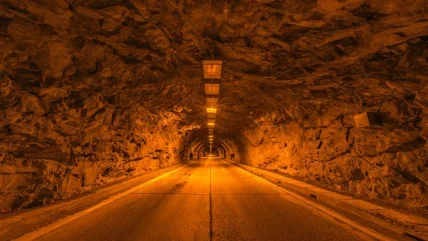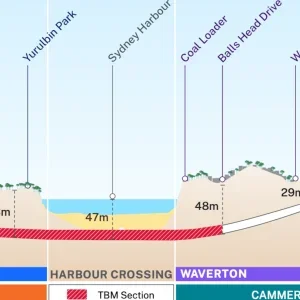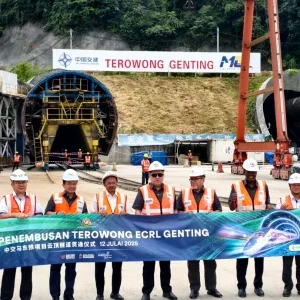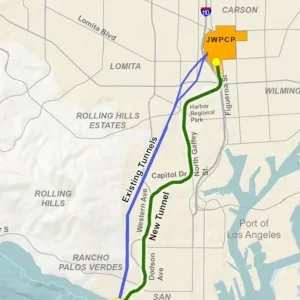
The National Highways Authority of India (NHAI) is expected to complete construction of the Delhi section of the delayed Dwarka Expressway project (NH 248-BB) by December 2024.
Initially scheduled for last December, the revised timeline is said to reflect the complexities of the ongoing work.
The Delhi segment of the eight-lane high-speed expressway is anticipated to reduce congestion on the Delhi-Gurugram Expressway by 30%, offering relief to the region’s heavily trafficked roads.
The Gurugram segment is operational, while the Delhi segment awaits tunnel completion.
Construction delays, primarily related to the project’s tunnel, had delayed its completion. However, the NHAI has now reaffirmed the new deadline for this section of India’s first urban expressway with a single-pillar elevated structure.
The new tunnel connecting the Dwarka Expressway directly to Palam Airport is nearing completion, with only a small portion of work remaining. The connection aims to divert a significant volume of traffic away from the Delhi-Gurugram Expressway, which currently serves as the primary route for vehicles heading to the airport.
Besides, the improved traffic distribution is expected to reduce congestion and contribute to pollution control efforts within the area.
Spanning from Shiv Murti in Mahipalpur, Delhi, to the Kherki Daula toll plaza in Gurugram, the Dwarka Expressway represents an investment of INR90bn ($1.07bn).
According to NHAI’s regional officer Mohammad Safi, the December deadline remains firm, with all resources directed toward making the expressway fully functional by year-end, reported INFORMALNEWZ.
The elevated segment of the Dwarka Expressway is supported by a single-pillar structure. Approximately 200,000 metric tonnes of steel and two million cubic metres of concrete were required for construction.
Covering 29km, the expressway has 18.9km located within Gurugram and 10.1km within Delhi. Most of the route is elevated, with an underground segment forming the tunnel portion.
The expressway will provide southern access to Indira Gandhi International (IGI) Airport through a twin tube shallow tunnel, part of a broader plan to improve connectivity to the airport.
A deep tunnel, presently in the design phase, will allow access from the western side to Terminal 3.
Additional provisions include an 8-lane, 3.6km shallow tunnel connecting the expressway to the railway under-bridge (RuB), facilitating smoother movement around the airport area.
The Dwarka Expressway project includes a proposed tunnel connecting the Shiv Murti interchange to the T3 road, intended to reduce traffic density in the Mahipalpur area. An additional tunnel aims to manage traffic flow from Dwarka and West Delhi.
The project is funded through the Bharatmala Pariyojana under the National Corridor Efficiency Improvement Programme, which also covers the construction of the Gurgaon Ring Road. This expressway forms Phase I of the ring road network around Gurgaon.







